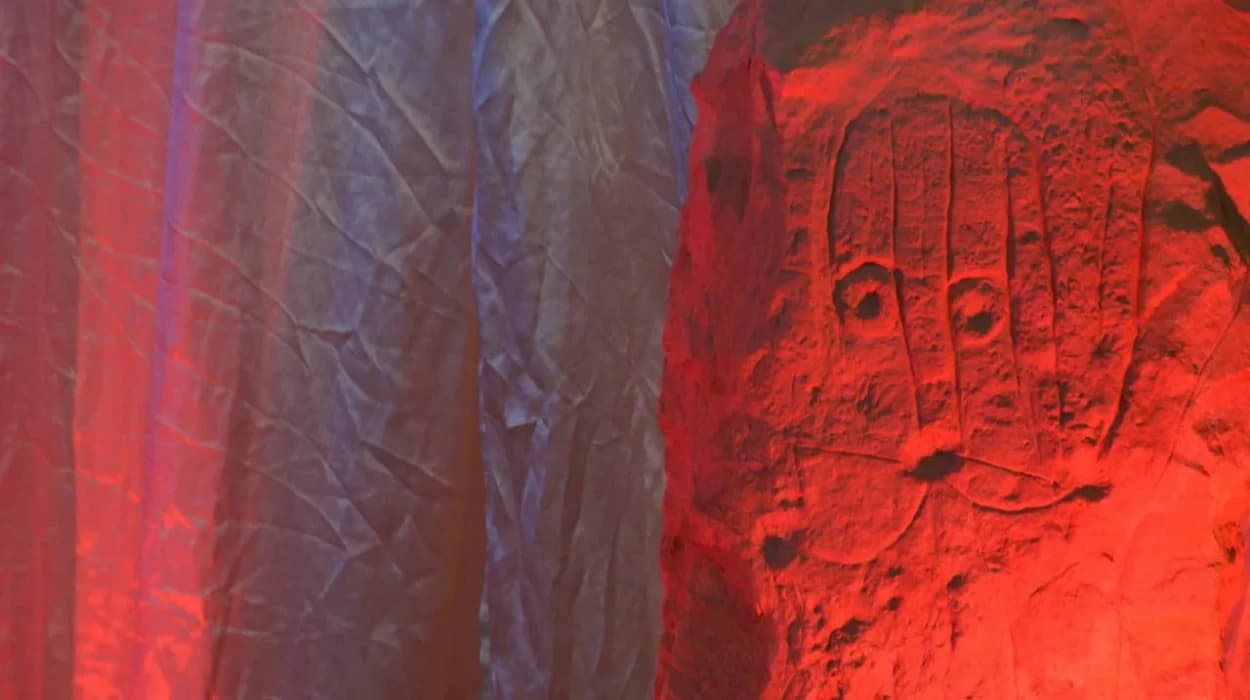Archaeologists have uncovered an ancient Christian
settlement in Jordan, shedding new light on the religious history of the Middle
East. The discovery includes well-preserved structures and artefacts that
provide insights into early Christian communities in the region.
Discovered in Jordan
As reported by multiple archaeological teams, an ancient
Christian settlement has been unearthed in Jordan, revealing
significant historical and religious artefacts. The site includes remains of
churches, dwellings, and inscriptions that date back to the early centuries of
Christianity in the Middle East. This discovery offers a rare glimpse into the
lives and practices of early Christian communities that once thrived in this
region.
Importance of Discovery
According to experts, this finding is crucial because it
fills gaps in the understanding of how Christianity spread and developed in the
Middle East. The settlement’s architecture and artefacts illustrate the
cultural and religious dynamics of the time, highlighting the coexistence and
interaction between different religious groups. This challenges previously held
assumptions about the exclusivity of religious practices in ancient Jordan.
Archaeologists Behind the Discovery
The excavation has been led by a team of international
archaeologists, including specialists from Jordanian institutions and foreign
universities. Their combined expertise has ensured a thorough and careful
excavation process, preserving the integrity of the site and the artefacts
found.
When and Where Did the Excavation Take Place?
The archaeological dig began several months ago in a region
of Jordan known for its rich historical layers. The exact location has been
kept confidential to protect the site from looting and vandalism. The timing of
the excavation coincides with increased efforts by Jordanian authorities to
preserve cultural heritage amid rapid urban development.
How Were the Artefacts and Structures Preserved?
The team employed advanced archaeological methods, including
ground-penetrating radar and 3D mapping, to identify and document the
settlement without causing damage. Conservation experts are now working to
stabilise the fragile structures and artefacts, ensuring they can be studied
and displayed for educational purposes.
What Does This Tell Us About Early Christianity in the Middle East?
The settlement provides evidence that early Christians in
Jordan lived in organised communities with established religious institutions.
The presence of churches with intricate mosaics and inscriptions indicates a
sophisticated level of religious expression and architectural skill. This
discovery supports the idea that Jordan was a significant centre for Christian
activity during antiquity.
Plans for Public Access or Further Research
Authorities have announced plans to develop the site into an
archaeological park, allowing public access while protecting the remains.
Further research is expected to continue, with the hope of uncovering more
about the daily lives, trade, and religious practices of the inhabitants.
Broader Implications for Middle Eastern Religious History
This discovery contributes to a broader understanding of the
Middle East as a diverse religious landscape in ancient times. It emphasises
the region’s role as a crossroads of faiths and cultures, which has shaped its
complex history. Scholars believe that such findings can foster greater
appreciation and dialogue among contemporary religious communities.
